The Framework laptop is already a very exciting prospect for folks like us — a high-end computer that we can actually customize, upgrade, and repair with the manufacturer’s blessing? Sounds like music to our ears. But we’re also very excited about seeing how the community can press the modular components of the Framework into service outside of the laptop itself.
A case in point, this absolutely gorgeous retro-inspired computer built by [Penk Chen]. The Mainboard Terminal combines a Framework motherboard, five inch 1080 x 1080 round LCD display, and OLKB Preonic mechanical keyboard into a slick 3D printed enclosure that’s held together with magnets for easy access. Compared to the Raspberry Pi that we usually find tucked into custom computer builds like this, the Framework board offers incredible performance, not to mention the ability to run x86 operating systems and software.
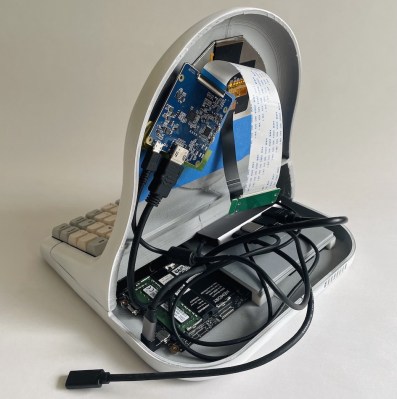 [Penk] has Ubuntu 22.04 LTS loaded up right now, and he reports that everything works as expected, though there are a few
[Penk] has Ubuntu 22.04 LTS loaded up right now, and he reports that everything works as expected, though there are a few xrandr commands you’ll need to run in order for the system to work properly with the circular display. The standard Ubuntu UI doesn’t look particularly well suited to such an unusual viewport, but we imagine that’s an issue you’ll have to learn to live with when experimenting with such an oddball screen.
It was just a few weeks ago that we brought you word that Framework was releasing the mechanical drawings for their Mainboard module, and we predicted then that it would be a huge boon to those building bespoke computers. Truth be told we expected a cyberdeck build of some sort to be the first one to hit our inbox, but you certainly won’t catch us complaining about seeing more faux-vintage personal terminals.

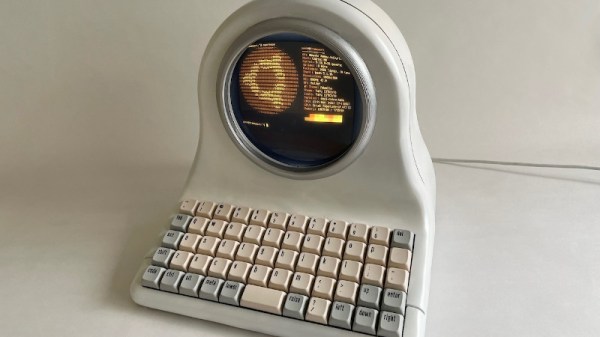

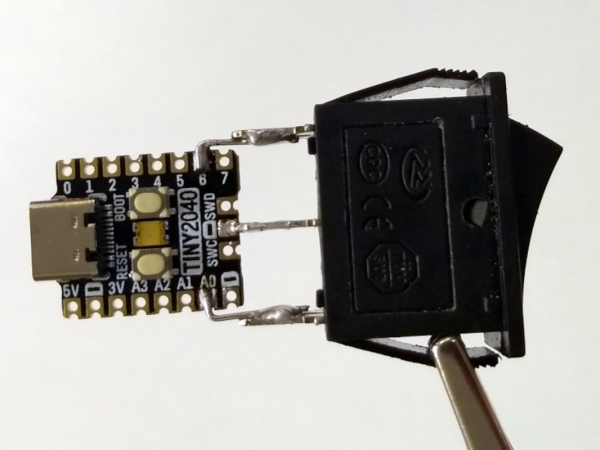
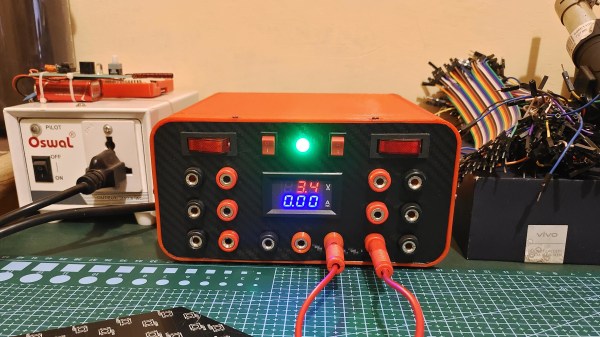
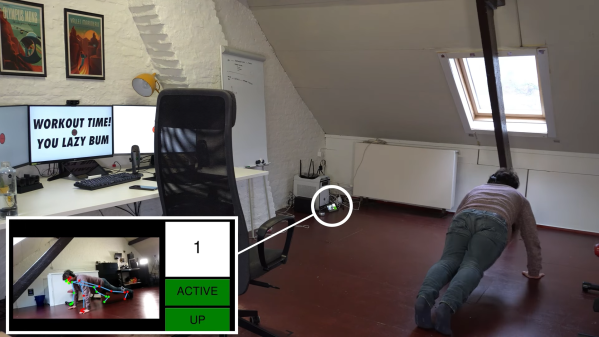
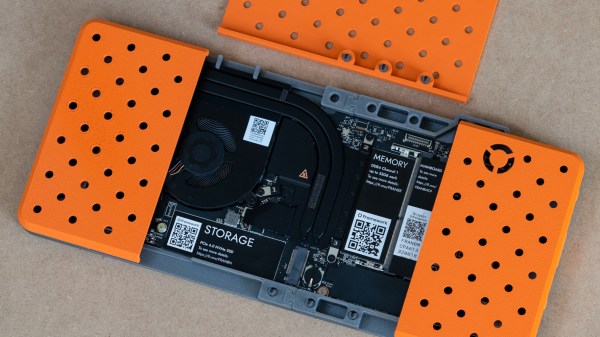

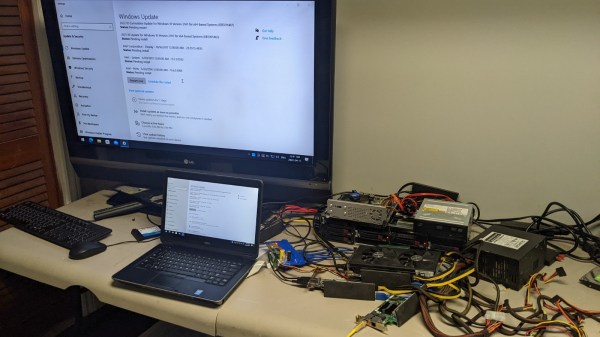
 Now, there’s a reason why we don’t see more of such hacks. This seems to be a Latitude E5440 and the card is plugged into a mini-PCIe slot, which means the entire contraption is bound by a single PCI-E Gen2 x1 link, heavily offsetting the gains you’d get from an external GPU when, say, gaming. However, when it comes to the types and amount of peripherals, this is unbeatable – if you want to add an external GPU, high-speed networking and a SAS controller to the same computer that you usually lug around, there isn’t really a dock station you can buy for that!
Now, there’s a reason why we don’t see more of such hacks. This seems to be a Latitude E5440 and the card is plugged into a mini-PCIe slot, which means the entire contraption is bound by a single PCI-E Gen2 x1 link, heavily offsetting the gains you’d get from an external GPU when, say, gaming. However, when it comes to the types and amount of peripherals, this is unbeatable – if you want to add an external GPU, high-speed networking and a SAS controller to the same computer that you usually lug around, there isn’t really a dock station you can buy for that!








